Info
Subfamily: Panicoideae
Genus etymology: Setaria = "bearing bristles" [Latin] refering to the bristles of the inflorescence
Species etymology: flavida = "pale yellow" [Latin] refering to the spikelets
Photosynthetic type: C4 (warm season)
Nativity: naturalized - accidental
First recorded in Hawaiʻi: 1937
Map
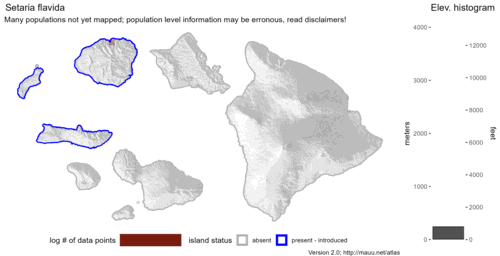
Inflorescence
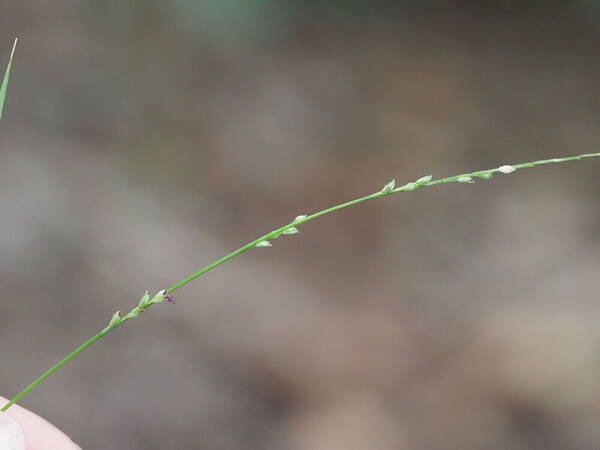
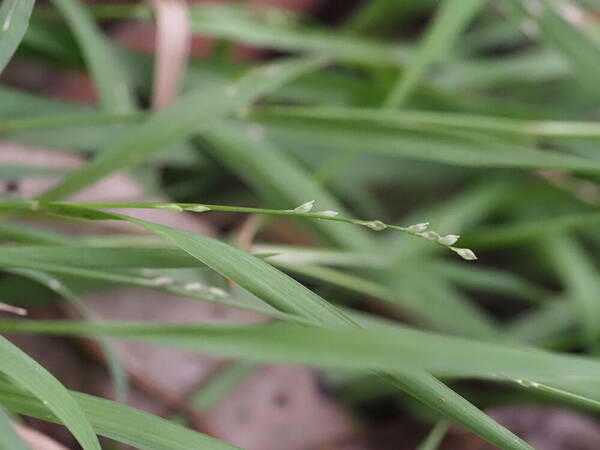
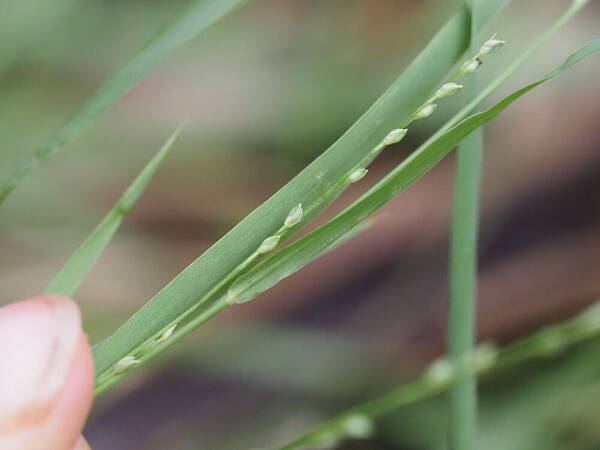
Plant
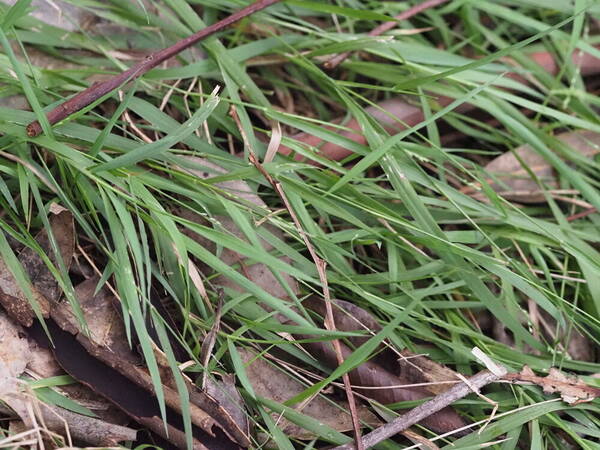
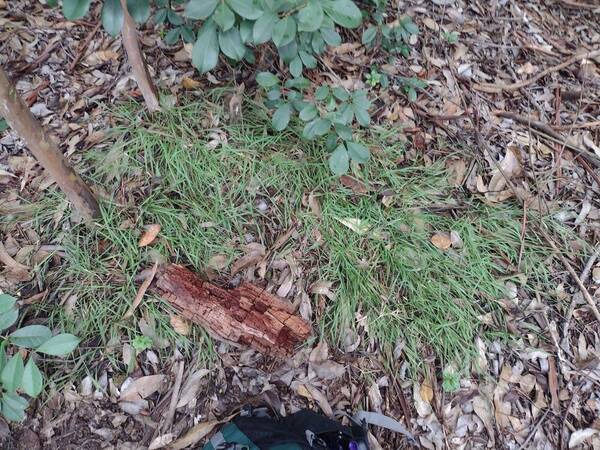
Habit
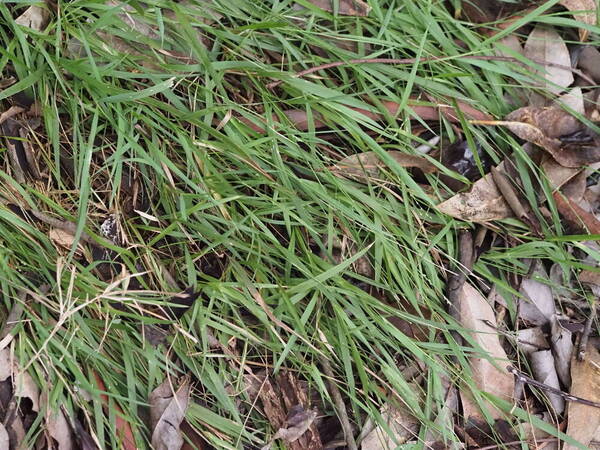
Spikelets
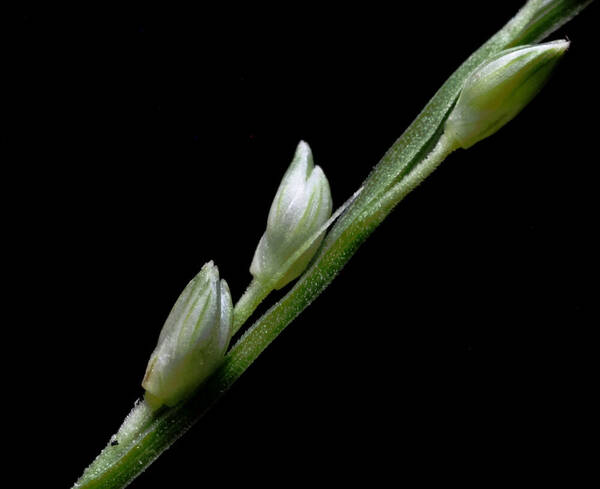
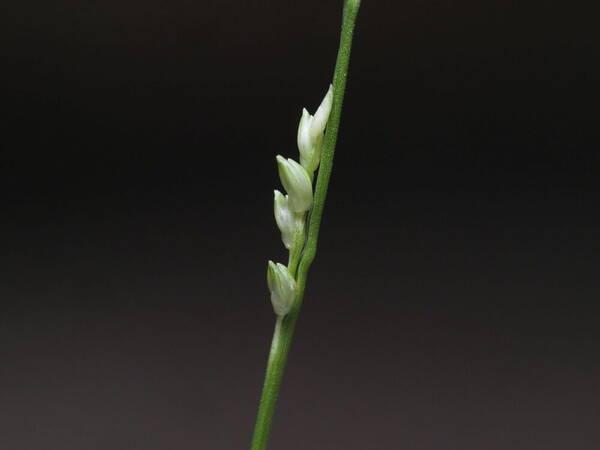

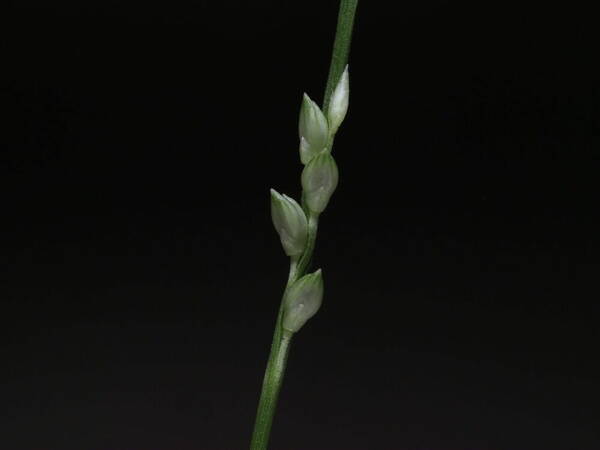
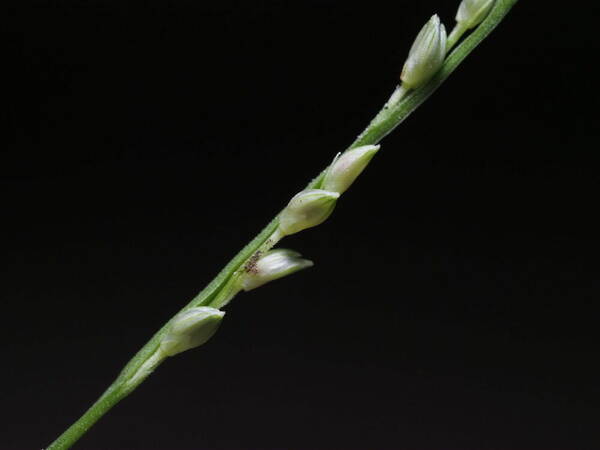
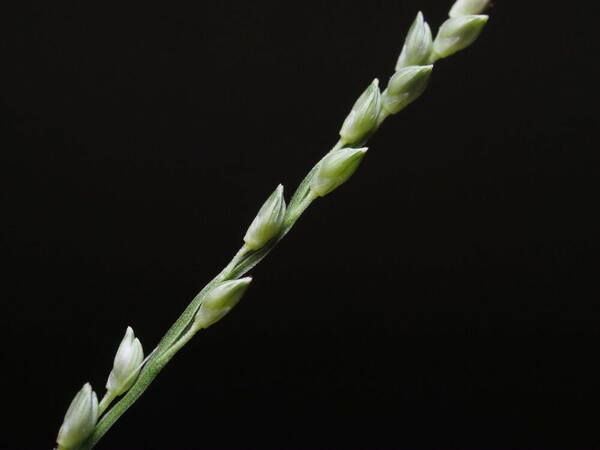
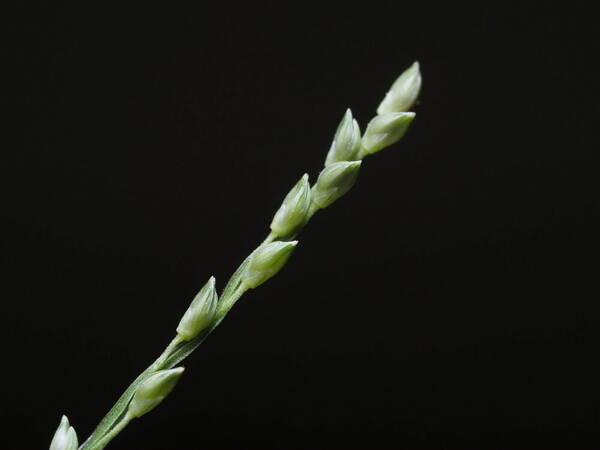
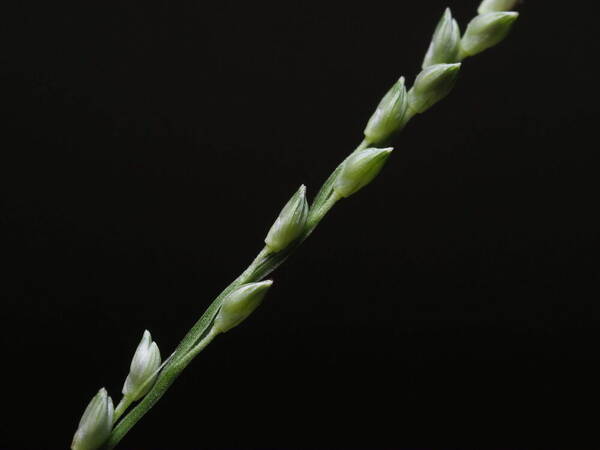
Description
Habit: Perennial; caespitose. Culms erect, or geniculately ascending; slender; 30-70(-100) cm long; 2-4 -noded. Culm-internodes smooth, or scaberulous. Culm-nodes glabrous. Lateral branches sparse; extravaginal. Leaves basal and cauline. Leaf-sheaths without keel, or keeled; glabrous on surface; outer margin glabrous, or hairy. Ligule a fringe of hairs; 0.5 mm long. Leaf-blades 5-15 cm long; 1-4 mm wide. Leaf-blade surface scaberulous; rough on both sides; glabrous, or pilose; sparsely hairy; hairy abaxially. Leaf-blade apex attenuate. Inflorescences: Inflorescence composed of racemes. Racemes 4-10; borne along a central axis; distant; unilateral; 0.5-3 cm long. Central inflorescence axis 7-15 cm long; glabrous; tip filiform. Rhachis narrowly winged; angular; terminating in a barren extension; extension subulate; extension 1-2 mm long. Spikelet packing abaxial; regular; 2 -rowed. Spikelets solitary. Fertile spikelets sessile, or pedicelled. Pedicels reduced to a stump; 0.25-0.5 mm long; tip discoid. Spikelets: Spikelets comprising 1 basal sterile florets; 1 fertile florets; without rhachilla extension. Spikelets ovate; dorsally compressed; gibbous; acute; 1.8-2.2 mm long; falling entire. Fertile Spikelets: Spikelets comprising 1 basal sterile florets; 1 fertile florets; without rhachilla extension. Spikelets ovate; dorsally compressed; gibbous; acute; 1.8-2.2 mm long; falling entire. Glumes: Glumes dissimilar; shorter than spikelet; thinner than fertile lemma. Lower glume ovate to oblate; clasping; 0.33-0.5 length of spikelet; membranous; without keels; 3-5 -veined. Lower glume apex obtuse, or acute. Upper glume ovate; 0.75 length of spikelet; membranous; without keels; 5 -veined. Upper glume apex obtuse, or acute. Florets: Basal sterile florets barren; without significant palea. Lemma of lower sterile floret similar to upper glume; ovate; 1 length of spikelet; membranous; 5 -veined; sulcate; acute. Fertile lemma ovate; 1.8-2.2 mm long; indurate; without keel; 5 -veined. Lemma lateral veins obscure. Lemma surface granulose; rugulose. Lemma margins involute. Lemma apex acute. Palea reflexed at apex; indurate. Palea surface granular. Flowers: Anthers 3; 1 mm long. Distribution: Asia-temperate: eastern Asia. Asia-tropical: Papuasia. Australasia: Australia. Pacific: southwestern and north-central.
(Description source: Clayton, W.D., Vorontsova, M.S., Harman, K.T. and Williamson, H. (2006 onwards). GrassBase - The Online World Grass Flora. Available at https://powo.science.kew.org )